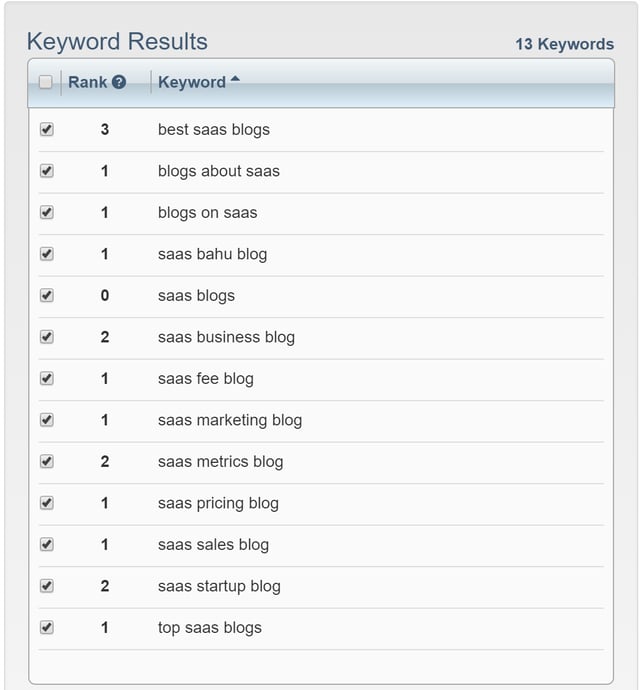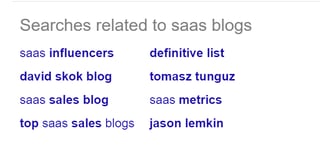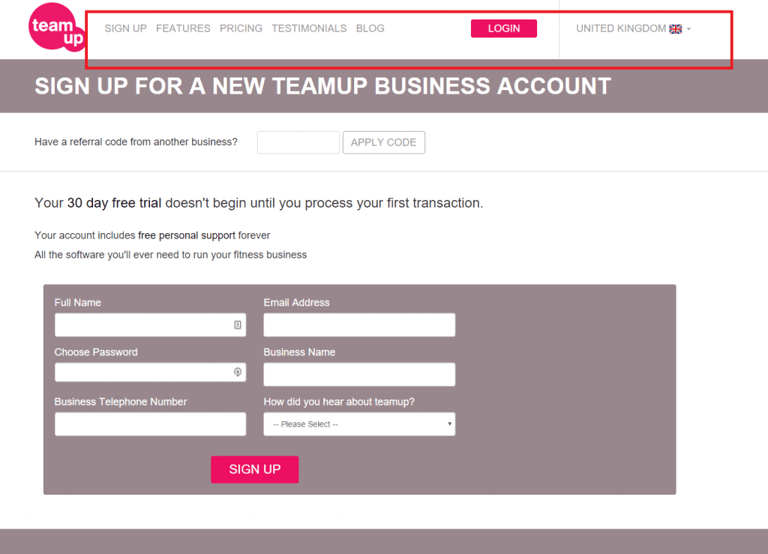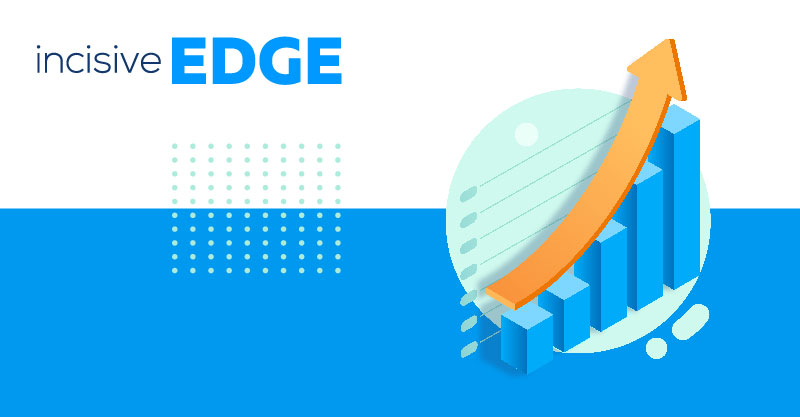We recently conducted a comprehensive study of 35 UK companies in the SaaS industry that implement inbound marketing strategies, which includes blogging. In order to stay up-to-date on the latest trends and strategies in this field, we recommend exploring the best SaaS blogs available. Additionally, it is crucial to prioritise customer success in any SaaS company to ensure long-term growth and profitability.
Our experts noticed that the companies we surveyed were all making the same mistakes when it came to inbound marketing. Mistakes that can easily be avoided.
Our study revealed that although these companies incorporate some of the key elements of inbound marketing, they do not do so in a coherent way, to the detriment of their lead generation and revenues.
Check out the following blogs to learn more about Saas marketing:
- The SaaS Buyers Journey: A Guide for Content Creation
- Go to Market Strategy for SaaS: Tips and Best Practice
- How to Convert SaaS Trial Users with Inbound Marketing in 2023
- The beginner's guide to SaaS lead generation in 2022
In this article we present 5 common mistakes SaaS companies make with their blogging.
The common mistakes that we found were:
- Infrequent blogging
- Blogging with no focus
- No calls to action on posts
- Text link only calls to action
- Homepage used as a landing page
We have broken the common mistakes down into their respective categories and suggested ways in which the blogs can be improved.
1. Infrequent blogging
To clarify, our recent survey of companies in the SaaS industry revealed that the majority of SaaS businesses only published a few blog posts every few months. However, to achieve substantial SaaS growth, it is crucial to prioritise consistent blogging as part of a larger inbound marketing strategy. This strategy should also encompass effective SaaS sales techniques and overall objectives for the SaaS business.
Now there’s two sides to every coin. Blogging infrequently over not blogging is of course, more valuable:
“Companies that do moderate blog posting between 1 – 2 times per month have 67% more sales opportunities than companies that do not blog.” - InsideView
However, is that enough?
The reality is this:
“Once you write 21 – 54 blog posts, blog traffic generation increases by up to 30%." -TrafficGenerationCafe
Blogging a few times a month is insufficient to generate substantial leads.
According to the marketing automation platform Hubspot, you should blog 16+ times a month if you want to boost lead generation. If you have a sufficient number of leads and just want to maintain that level, then blogging twice a week would be recommended.
Why do you have to blog so often?
You want to think of your blog as a lead generation platform. Content marketing is a great way to generate leads. To generate leads you need traffic from the search engines and to do this, you need content. The more content you publish, the more long-tailed keywords (search queries of 3 or more words) you will appear for in the search results, which accordingly, means more traffic.
Another advantage of frequent blogging is that you will have more content to push out across your social media platforms and this means greater opportunities for people to share and amplify your content.
Sites with more blog pages on their websites generate more leads – which is why blogging is so important. Think of it this way: when you blog, you are giving yourself more opportunities to generate leads and excite your customers:
“90% of consumers find custom content useful with 78% believing that companies behind content are interested in building good relationships.” - TMG Custom Media
2. Blogging with no focus
A blog is not the place for (too many) company updates.
Unfocused blogging is an all too common problem.
It is common for many companies to view their saas blog as a platform solely for random press releases and staff interviews. However, in order to fully capitalize on the potential of a saas blog, it is important to shift the focus towards producing content that is informative and relevant to your target audience. This includes using saas metrics to determine the effectiveness of your content strategy, as well as exploring a good saas marketing blog to stay informed on industry best practices and trends.
These types of content do nothing to interest prospects, nor do they target long tail keywords that really drive traffic and generate leads. Whilst it is important to share important company updates, your blog should not comprise solely, this type of content.
A blog is not a user manual.
We found that the companies that don’t blog about company news tend to make the mistake of being too product-centric, talking at length about their product’s various functions.
By doing this, they are treating the blog as more of a user manual.
The problem with this approach is that product-led content is very much bottom of the funnel (BOFU) content, that prospects seek out when they are at the point of purchasing. However, it ignores people at the middle (MOFU) and top of the funnel (TOFU), with a general interest in the topic, who are not yet ready for your specific solution.

As different content appeals to different buyers, a simple roadmap to follow would be to first identify your buyer personas – a fictional representation of your ideal customer/s.
Next, you create content around the keywords that your personas search for and promote that content to generate your social media shares and backlinks.
To find content topics to write about, use the Google Keyword Tool.
Say for example your topic is “SaaS Blogs”, put that into the keyword tool and it will suggest words such as “saas marketing” and “marketing saas products”, which gives you an indication of what people are interested in.

Another strategy you can try is putting your main keywords into Google Autocomplete, so start typing in “saas bl..”, etc. and make a note of the suggestions that Google provides.

Then look at the bottom of the page for Google’s suggested “related searches”. In our example they are:

This is a great way to start generating content topics to write about on your blog.
3. No calls to action
So you have written a blog that your visitors finds interesting.
Now, put yourself in their shoes, what do they do if they want to find out more information about your product or service? They have to look around for a “contact us” page and perhaps scrabble around for 30 seconds or so to find it, or give up and abandon your site.
If the post doesn’t have a call to action, then the visitor can’t take the next step towards becoming a customer.

Imagine how many potential leads and how much revenue you have lost by not having this button?
If you are a saas founder, saas marketing blogs are a great resource to help you optimize your website's CTA. Without a clear CTA, saas businesses are not making the most of their website traffic. Many companies focus solely on increasing their traffic by creating new content, but fail to convert that traffic into leads.
The problem of not having a call to action is more pervasive than you would imagine. A US study showed that 70% of small business B2B websites lack a call to action.
To remedy this problem, be sure you include a relevant call to action in the middle and at the end of every blog post.
4. Text calls to action
A text link call to action is just a plain hyperlink and we are being extremely generous calling it a “call to action”.
While it’s better than having no call to action at all, the problem is that people are likely to miss the link and if they don’t see it, they won’t be directed to your landing page that houses your content offer.
Calls to action are supposed to be clickable buttons and when it comes to calls to action, big and bold should be your mantra.

But you need a graphic designer and a developer to make your calls to action, don’t you?
No. Clickable call to action buttons are easier than you would think to implement. If you are using WordPress for your blog, then simply follow these steps using a free plugin that allows you to customise and design visually-appealing buttons.
Experiment with the colour and size of the button and optimise them for best results.
Bear in mind that the most important element is the text on the button, so use strong verbs and personalised messaging that appeals to your prospects. But remember to keep it succinct.
Here are two examples of text link “calls to action” that should be avoided:
Example 1

Example 2

And examples of an excellent call to action:
Call to action for an email course by Beamery

5. Your homepage used as a landing page
A home page is very rarely a proper landing page. Fact.
According to MarketingSherpa’s Landing Page Handbook (2nd edition), 44% of clicks for B2B companies are directed to the business’ homepage, not a special landing page.
The inbound philosophy states that you should remove navigation from the header and footer of a landing page, so that your visitor cannot click away from the page. This method is proven to generate more leads.
In this experiment, some companies DOUBLED their conversion rates by removing navigation.
The reason behind this is a psychological principle known as “the paradox of choice”. This means that the more options you have, the less likely you are to make ANY choice.
Conversely, with less choices, you are more likely to take an action, so it makes sense that having fewer distracting buttons and links helps to increase conversion rates.
In the example below, Geckoboard are using a landing page - tick. However, they still have navigation links (highlighted in red) that should be removed to improve their conversion rates.

Similarly, in the example below Goteamup has a landing page with strong elements such as a succinct form and testimonials from clients, but the navigation links along the top, again detract from the overall efficacy of the page:

Conclusion
We have looked at 5 common mistakes SaaS companies make with their blogging.
If you align your strategy more closely with the inbound marketing-based best practices that we have suggested here, you will find a considerable increase in leads and as a result, revenue.
Are you a SaaS or tech company looking to generate more leads? Get in touch with us to find out how we can improve your marketing and lead generation.








